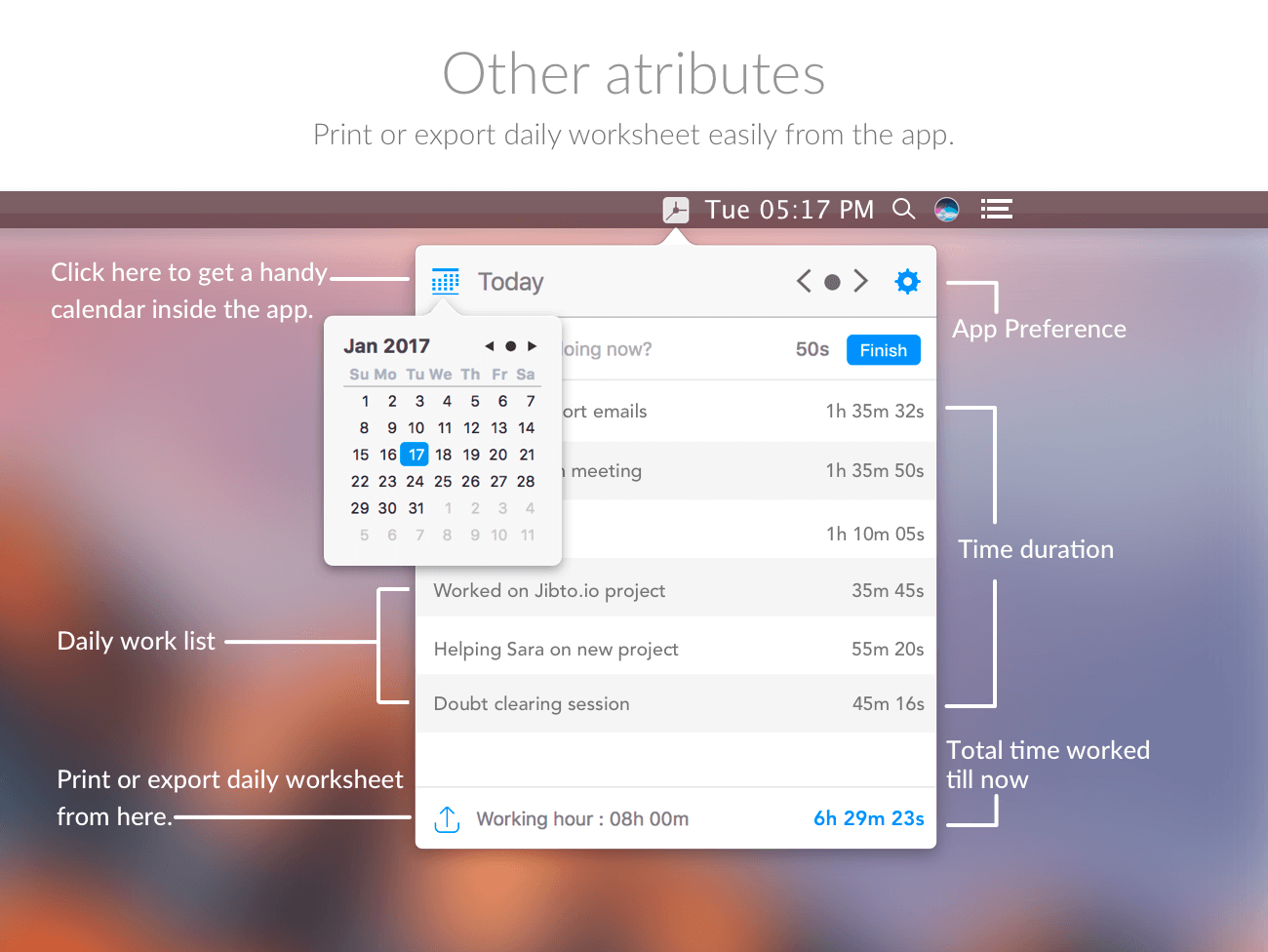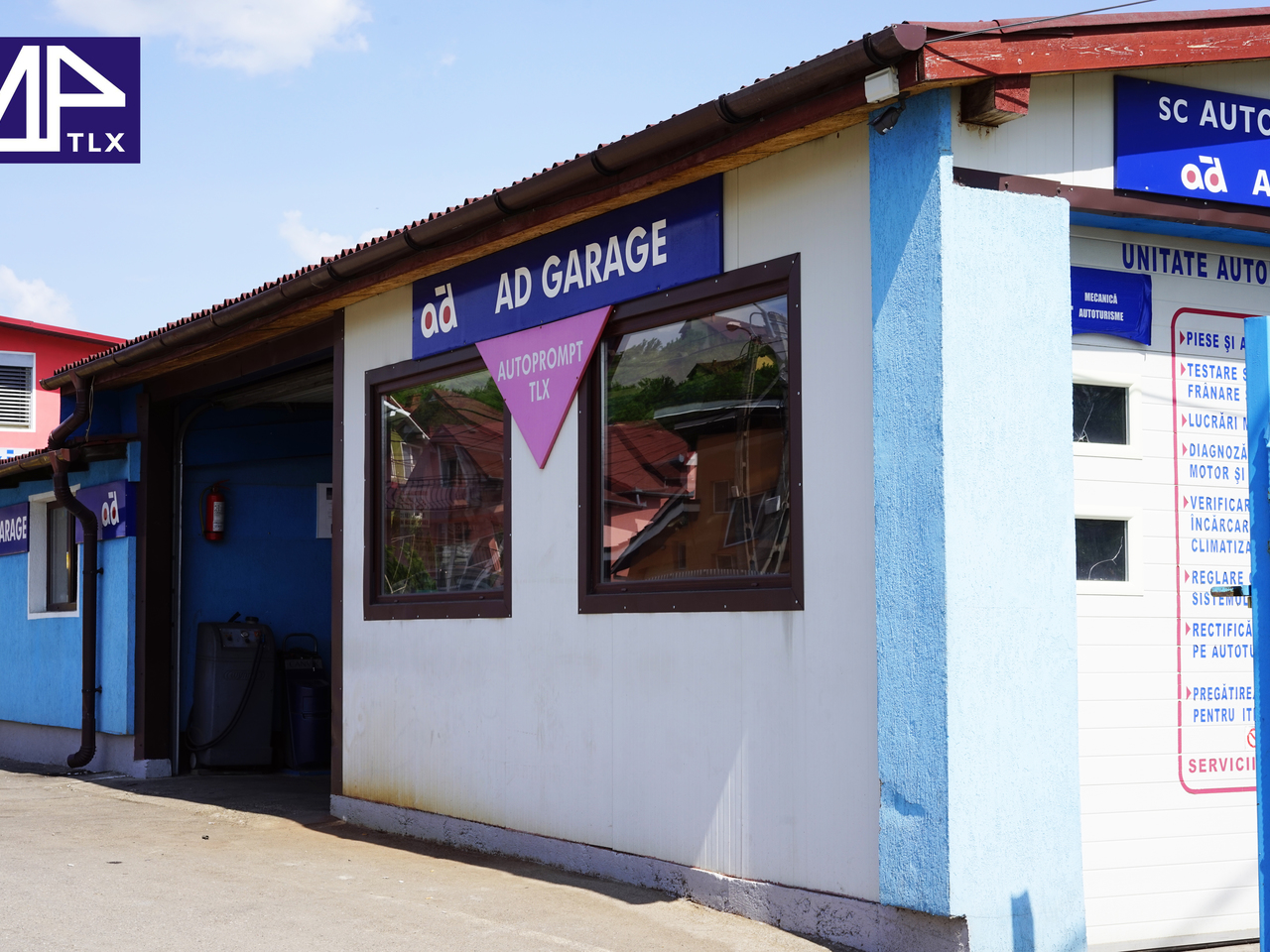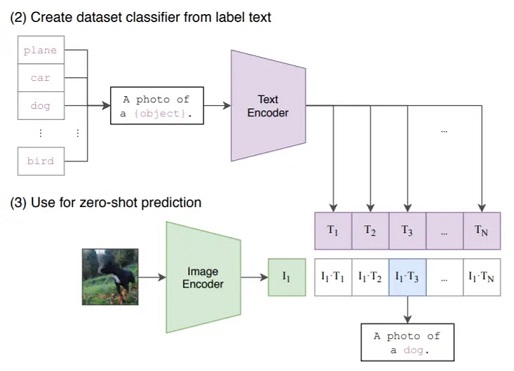

- #Autoprompt for arduino how to
- #Autoprompt for arduino install
- #Autoprompt for arduino registration
- #Autoprompt for arduino pro
- #Autoprompt for arduino code
The current version of the Arduino IDE 2.0, as of this writing, is Release Candidate 3.
#Autoprompt for arduino pro
In October 2019 Arduino announced a new version of the IDE, which they called Arduino Pro.Ī year later, Arduino Pro became Arduino IDE 2.0. In 2018 Arduino released a web-based IDE, which is still in use with the Arduino IoT Cloud. It employs a program called avrdude to compile the text into machine-readable code.
#Autoprompt for arduino code
It is an editor that allows you to write code in C++, with enhancements for controlling microcontrollers. The original Arduino IDE, whose latest iteration is version 1.8.19 as of this writing, was a derivative of the Processing IDE. The whole legal mess was finally settled in 2017, and now everything is once again named “Arduino”. To get around the Italian trademark registration, Arduino LLC created a worldwide trademark named “Genuino” and used it to brand their products outside the United States. In 2015 Arduino LLC filed a lawsuit against Arduino SRL. To further the confusion, Arduino SRL copied the website of Arduino LLC. In that year, Smart Projects appointed a new CEO who changed the company name to Arduino SRL.
#Autoprompt for arduino registration
The Italian trademark registration was kept secret for two years and wasn’t discovered until Arduino LLC tried to register the name in Europe.Īlthough they initially established a non-binding agreement to have Smart Projects pay a royalty to Arduino LLC, it broke down in 2014. One of the developers, Gianluca Martino, created his own company called “Smart Projects” and registered the Arduino name in Italy, without telling his partners at Arduino LLC. They registered the trademark “Arduino” in the United States. The company subcontracted the work of building the Arduino boards and collected royalties from the subcontractors. In 2008 the five developers registered a business and named it “Arduino LLC”. In 2005 one of the lead developers, Massimo Banzi, forked the project and renamed it Arduino. The original platform consisted of a printed circuit board with an Atmel (now Microchip) ATmega128, a development environment called “Processing”, and a custom library that simplified programming tasks. The thesis described a low-cost open-source hardware platform, one that would be inexpensive enough to be used by experimenters to create all sorts of microcontroller-based projects. But this was not the product’s original name, initially, it was called “Wiring” The pub, in turn, was named after Arduin of Ivrea, who was the king of Italy from 1002 to 1014. The name “Arduino” was derived from a pub that the developers used to frequent, the “Bar Di Ri Arduino”. It was here that five developers created a thesis named “Arduino–La rivoluzione dell’open hardware”, which is roughly translated to “Arduino – The Revolution of Open Hardware”. The story begins in 2003 at the Interactive Design Institute in Ivrea, Italy.

It’s a story of innovation, trademark disputes, and reconciliations. I’m sure that if we were to examine the history of many popular products, we would be able to dig up some interesting stories, and the evolution of Arduino is certainly one of them. But before we do that, let’s take a quick look back at the old IDE.

Today we’ll take a look at the Arduino IDE 2.0. This new IDE, version 2.0, is now in the Release Candidate stage, meaning that very soon the final product will be released. So now Arduino has created a new version of the IDE, a fairly radical departure from the old design. Meanwhile, numerous other development environments have become available, some of them with more advanced features like real-time debugging and auto-complete. The IDE has been around for several years now and while it has had many updates the look, feel, and operation have remained essentially the same.
#Autoprompt for arduino install
It allows you to make use of libraries to improve your code and to install new “boards managers” for new microcontrollers. The product has many features to simplify your programming tasks. It allows you to create programs, or “sketches”, for not only Arduino devices, but for a number of microcontrollers from other manufacturers as well. The Arduino IDE, or Integrated Development Environment, is a familiar tool to most microcontroller users.
#Autoprompt for arduino how to
We’ll see how to install the IDE on all popular platforms, and then we’ll take it for a test drive with a number of microcontrollers. Version 2.0 is now a Release Candidate, and it sports a new look and a number of new features. Let’s explore the latest iteration of the popular Arduino IDE.


 0 kommentar(er)
0 kommentar(er)
